Glenfarg North Tunnel
Glenfarg North Tunnel
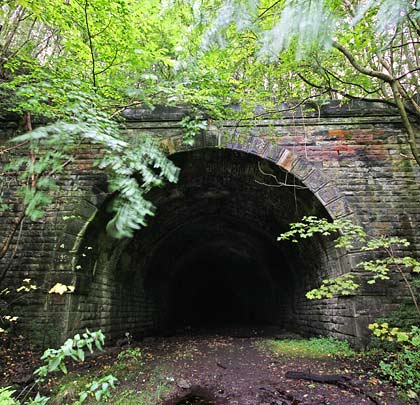
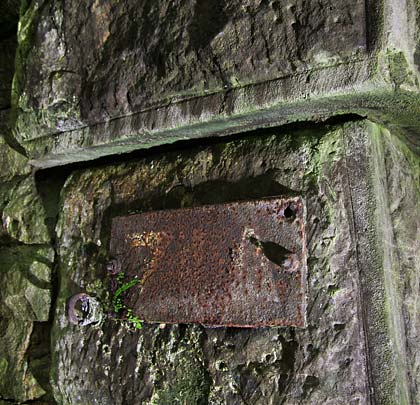
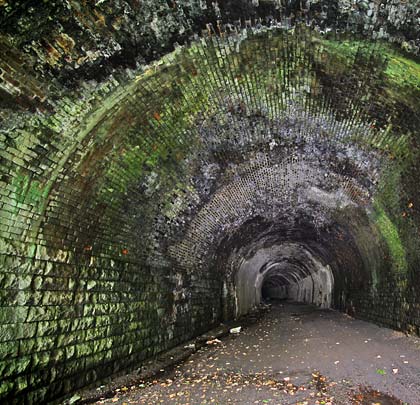
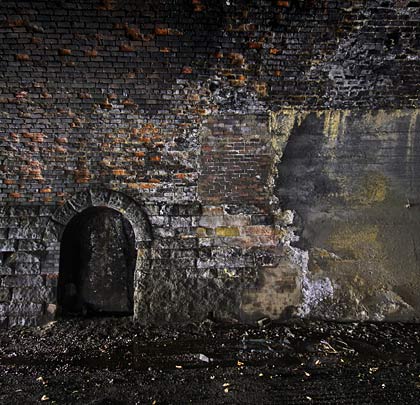
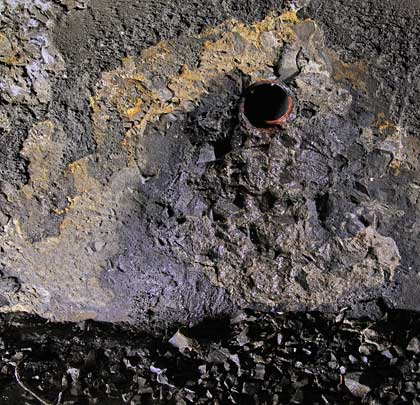
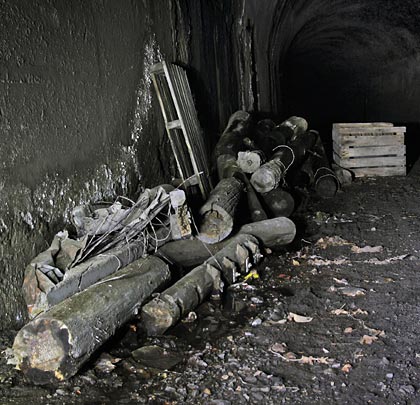
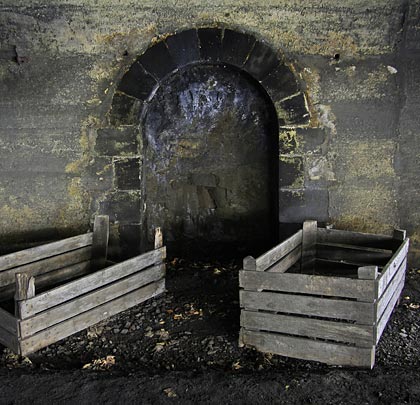
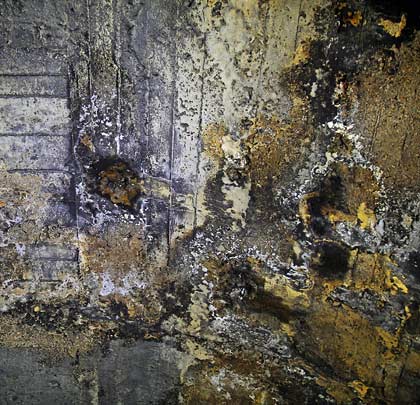
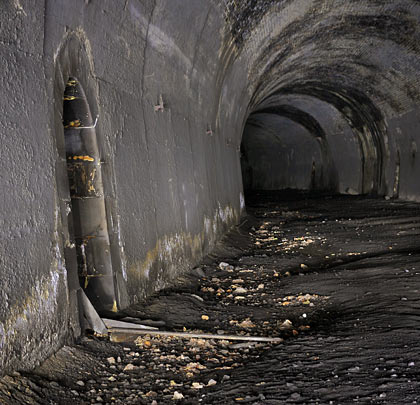
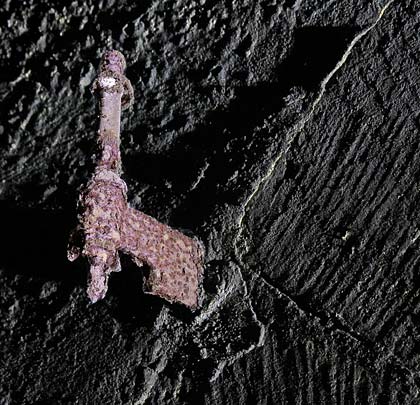
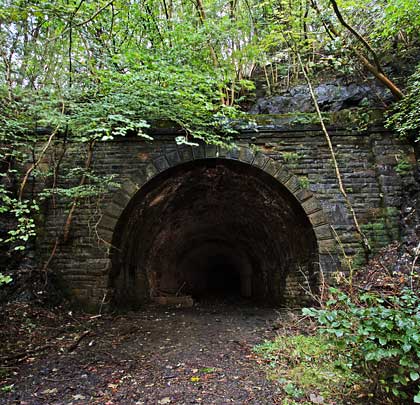











The Forth Bridge revolutionised travel between Edinburgh and Fife, which had previously relied on the boat at Queensferry or a circuitous trip via Stirling. More latterly, the Alloa rail bridge shaved off a few miles. Work on the Forth Bridge got underway in 1882, prompting the development of several other lines to improve connections to and from it.
The city of Perth, 27 miles to the north, was served by railways from the north, west and east. To greatly reduce journey times into Edinburgh, the North British Railway drove a ten-mile route southwards from the Bridge of Earn, rejoining its network at Mawcarse Junction. To conquer the hilly ridge between them, two viaducts and two tunnels were needed in a little over 1½ miles. This section formed part of a challenging 1:74 ascent to the summit at Glenfarg which gave its name to one of the viaducts and both tunnels.
Responsible for the route was William Galbraith in his capacity of consulting engineer to the North British, a role he fulfilled from 1880-90. Messrs Charles Brand & Sons acted as contractor, obligated to complete the works by the end of 1889.
Marginally, Glenfarg North Tunnel was the shorter of the two, extending for 507 yards from a point just east of the second viaduct. Measuring 26 feet across, it follows a constant curve to the west of about 30 chains in radius.
The south portal is masonry-built, and the lining beyond comprises stone sidewalls and a brick arch for a short distance. Thereafter it is concrete – Galbraith’s signature material – although the ample refuges feature stone voussoirs. Weep pipes were inserted to allow water to escape from behind the otherwise impenetrable lining. The use of concrete was so novel that the Board of Trade inspector, Major Marindin, insisted that holes be cut in it for examination purposes when he arrived to inspect the line on Saturday 10th May 1890. He pronounced the result to be “infinitely better than brickwork”.
A conventional stone and brick lining is restored close to the north portal which looks out into a short cutting. Like those of its sibling at the other end, the voussoirs are attractively bevelled stone.
Construction had been attended by a number of serious accidents. At noon on Saturday 12th May 1888, four men were working at the south end of the tunnel, filling a skip with 15 cwt of spoil which was then hoisted out of the excavation. When the skip had reached a height of about 50 feet, the chain broke and it fell back into the cutting, striking the men below. Instantly killed was 45-year-old Edward McQuillan who resided at the nearby Pottiehill huts. Colin Fraser, James Gilfroy and Angus McLean sustained serious injuries and were taken for treatment to Perth Infirmary.
The morning of Monday 30th July 1888 brought more tragedy as 40-year-old miner John McTavish worked on a scaffold at the north end of the tunnel. Directly below was Hugh Cameron, aged 35, who was filling a wagon. Without warning, a piece of rock fell from the roof, causing the scaffold to collapse onto Cameron, killing him instantly. McTavish sustained serious injuries; so too did a lad named William Beatson who took the full force of the rock. It was the second fatal accident at the same spot within a week.
On Monday 22nd April 1889, a spark from a passing locomotive fell into a box of explosives placed near the mouth of the tunnel. The blast was so powerful that a navvy was blown back by ten feet and a scaffold torn down, resulting in a man working on it suffering head injuries. Thankfully no fatalities were occasioned. Despite this trail of devastation, work on the line was finally completed at end of April 1890.
Services continued for a few months short of 80 years, ending on 5th January 1970. Despite being the shortest route from Perth to Edinburgh by some distance, the railway through Glenfarg was sacrificed to allow the M90 motorway to occupy sections of the trackbed.








